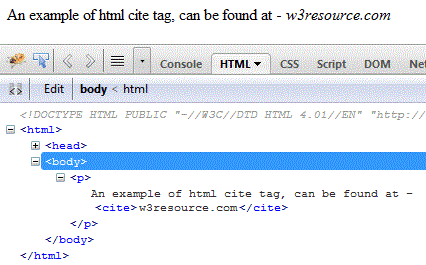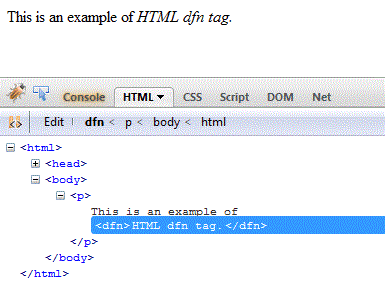

event has been contected to this event handler method. This example demonstrates how to use the KeyUp event with the Help class to display Help::ShowPopup( textBox1, "Enter your first name", Point(textBox1->Right,this->textBox1->Bottom) ) Display a pop-up help topic to assist the user. Determine whether the key entered is the F1 key. Void textBox1_KeyUp( Object^ /*sender*/, System::Windows::Forms::KeyEventArgs^ e ) event has been connected to this event handler method. that a TextBox control, named textBox1, has been added to the form and its KeyUp class displays a pop-up window, similar to a ToolTip, near the control. pop-up style help to the user of the application. The following code example uses the KeyUp event with the Help class to display pop-up style help to the user. Have questions or feedback about Office VBA or this documentation? Please see Office VBA support and feedback for guidance about the ways you can receive support and provide feedback.A KeyEventArgs that contains the event data. If a modal dialog box is displayed as a result of pressing or sending a key, the KeyDown and KeyPress events occur, but the KeyUp event doesn't occur.

To find out the ANSI character corresponding to the key pressed, use the KeyPress event. If a keystroke causes the focus to move from one control to another control, the KeyDown event occurs for the first control, while the KeyPress and KeyUp events occur for the second control. The KeyUp event occurs after any event for a control caused by pressing or sending the key. The Esc key if the form has a command button for which the Cancel property is set to Yes. The Enter key if the form has a command button for which the Default property is set to Yes. The KeyUp event does not occur when you press: The numeric keypad and keyboard number keys. Navigation keys, such as Home, End, PgUp, PgDn, Up arrow, Down arrow, Right arrow, Left arrow, and Tab.Ĭombinations of keys and standard keyboard modifiers (Shift, Ctrl, or Alt keys). If you press and hold down a key, the KeyDown and KeyPress events alternate repeatedly ( KeyDown, KeyPress, KeyDown, KeyPress, and so on) until you release the key, then the KeyUp event occurs.Īlthough the KeyUp event occurs when most keys are pressed, it is typically used to recognize or distinguish between:Įxtended character keys, such as function keys.

For example, you may want the key combination Ctrl+X to always perform the same action on a form. You can respond to specific keys pressed in the form, regardless of which control has the focus. With this property setting, all keyboard events occur first for the form, and then for the control that has the focus. A form can have the focus only if it has no controls or all its visible controls are disabled.Ī form will also receive all keyboard events, even those that occur for controls, if you set the KeyPreview property of the form to Yes. įor both events, the object with the focus receives all keystrokes. To run a macro or event procedure when these events occur, set the OnKeyUp property to the name of the macro or to. If you need to test for the Shift argument, you can use one of the following intrinsic constants as bit masks:ĪcShiftMask The bit mask for the Shift key.ĪcCtrlMask The bit mask for the Ctrl key. The state of the Shift, Ctrl, and Alt keys at the time of the event. You can prevent an object from receiving a keystroke by setting Ke圜ode to 0. To specify key codes, use the intrinsic constants shown in the Object Browser. Parameters NameĪ key code, such as vbKeyF1 (the F1 key) or vbKeyHome (the Home key). SyntaxĮxpression A variable that represents a TextBox object. This event also occurs if you send a keystroke to a form or control by using the SendKeys action in a macro or the SendKeys statement in Visual Basic. The KeyUp event occurs when the user releases a key while a form or control has the focus.


 0 kommentar(er)
0 kommentar(er)
